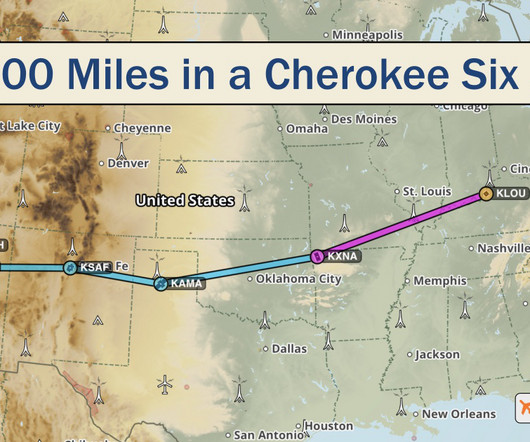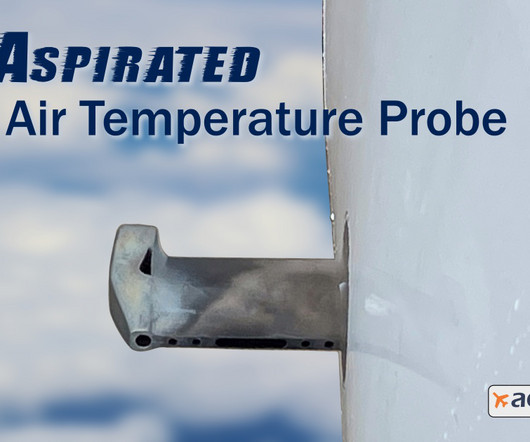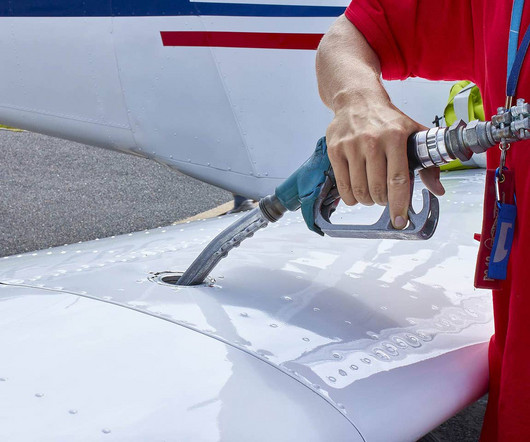How to Read a METAR – Our Full Guide to Aviation Weather Reports
Pilot Institute
MARCH 19, 2025
Pilots use METARs for flight safety, runway selection, and weather planning. Pilots love knowing about the wind. Suppose either of these factors exceeds your ability as a pilot or the airframe limits. Most pilots of light aircraft fly VFR, requiring good visibility to navigate. What Is a METAR?















Let's personalize your content